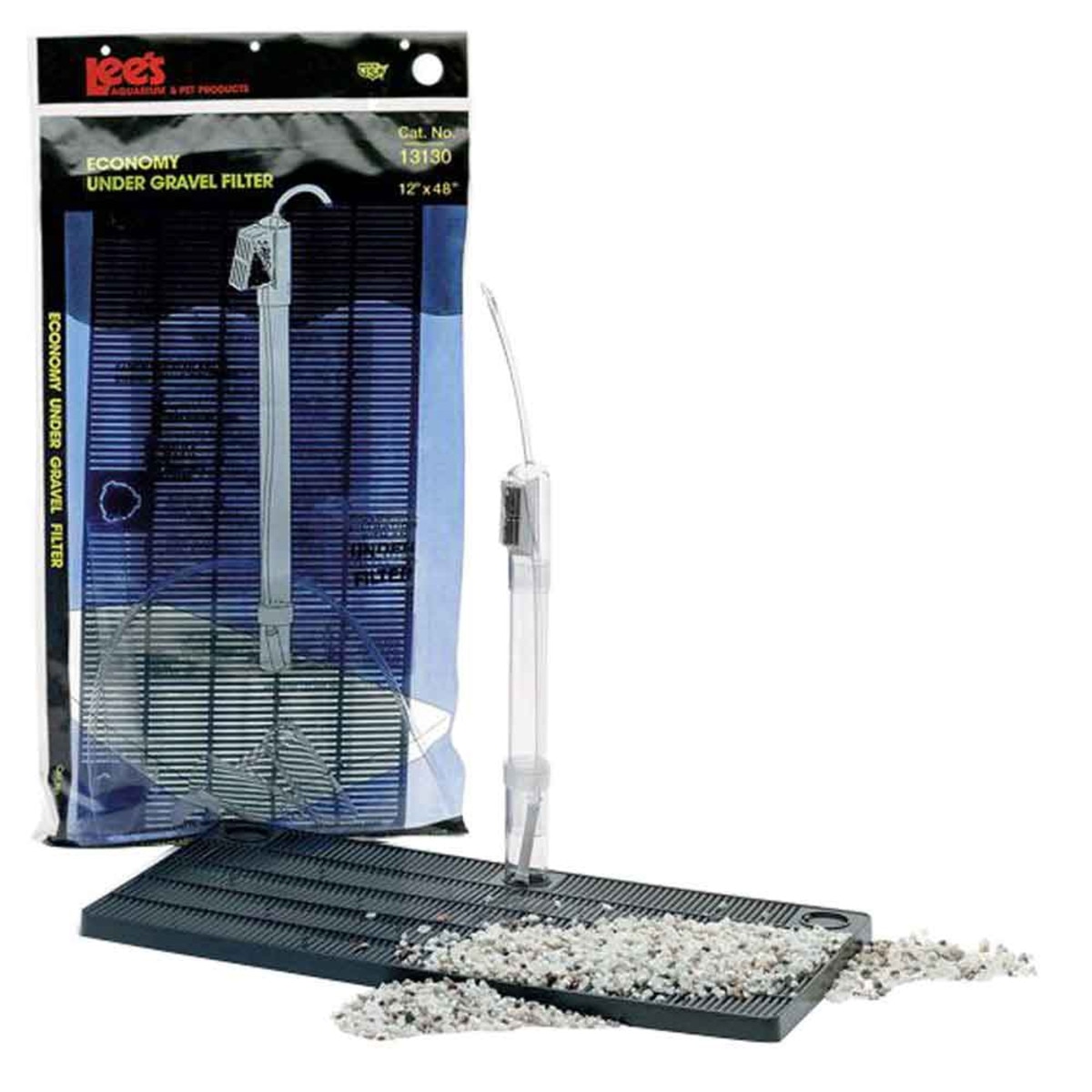 Hey out there! This time around I’d like to talk about setting up a tank for Mbuna, or “rock dwellers”. You can find these colorful fish in the any of the three rift lakes of Africa, but for this blog we will talk about the preferences of species from Lake Malawi.
Hey out there! This time around I’d like to talk about setting up a tank for Mbuna, or “rock dwellers”. You can find these colorful fish in the any of the three rift lakes of Africa, but for this blog we will talk about the preferences of species from Lake Malawi.
First, the tank. Larger is better for a couple reasons. A 55 gallon is nice, but a 75 is better for these fish, with its 18 inch width. narrow tanks can be a pain since you’ll want a lot of rock for these fish. The second reason would be that the more room you give them the easier it will be to control aggression. I was once told that if you crowd these fish, they wouldn’t be as aggressive, not being able to single out others to target and bully. I have seen Mbuna tanks with 12 to 20 fish dwindle down to 4 to 5 fish due to dominant fish. I think it depends on the species and particular fish that you’re trying to house together more, and I don’t think crowding is ever good advice. Last but not least, the larger the tank the more choices you have when it comes time to choose livestock. Read More »
 That Fish Blog – Aquarium Advice and Information
That Fish Blog – Aquarium Advice and Information




 Victorian Cichlids
Victorian Cichlids